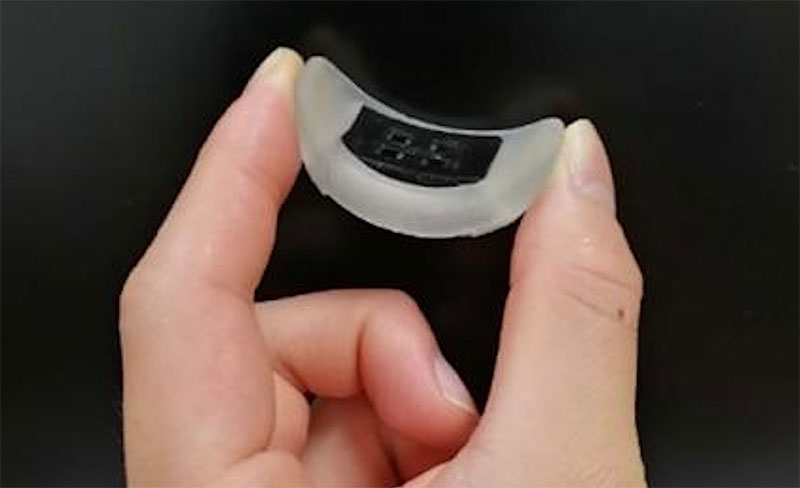Japanese scientists have developed the first wearable devices to precisely monitor jaundice, a yellowing of the skin caused by elevated bilirubin levels in the blood that can cause severe medical conditions in newborns. The team published the research results in Science Advances.
Read more Neopenda Wearable Neonatal Vital Signs Monitor To Be Used For COVID-19 Patients
Neonatal jaundice is a physiological phenomenon that occurs in more than 80% of neonates and is usually associated with a good prognosis. However, in severe cases, it can cause permanent neurological damage. Jaundice is caused by high blood levels of bilirubin that deposit in the skin. Eventually, the skin color turns yellowish. Increased amounts of hemoglobin in a prenatal fetus are physiological.
Treatment for jaundice can be done effortlessly by irradiating the infant with a blue light that disintegrates bilirubin, which is later secreted via urine. But the treatment itself can disturb bonding time, lead to dehydration and elevate the risks of allergic diseases.
To address the tricky balance of administering the precise amount of blue light needed to counteract the bilirubin’s exact levels, researchers in Yokohama developed a sensor to measure bilirubin continuously. It can also simultaneously detect pulse rate and blood oxygen saturation in real-time, according to a news release.
The research team was led by Hiroki Ota, associate professor of mechanical engineering in Yokohama National University’s Graduate School of System Integration, and Shuichi Ito, professor of the department of Pediatrics in Yokohama City University’s Graduate School of Medicine.

“We have developed the world’s first wearable multi-vital device for newborns that can simultaneously measure neonatal jaundice, blood oxygen saturation and pulse rate,” Ota said, noting that jaundice occurs in 60 to 80% of all newborns. “The real-time monitoring of jaundice is critical for neonatal care. Continuous measurements of bilirubin levels may contribute to the improvement of quality of phototherapy and patient outcome.”
“In this study, we succeeded in miniaturizing the device to a size that can be worn on the forehead of a newborn baby,” Ota said. “By adding the function of a pulse oximeter to the device, multiple vitals can easily be detected.”
The researchers tested the device on 50 babies, and they found that the device is not currently accurate enough to suffice for clinical decision-making. According to Ota, they will reduce the thickness and increase the flexibility of the device, as well as improve the silicone interface to facilitate better skin contact.
Read more Philips Develops Augmented Infant Resuscitator to Help Reduce Neonatal Asphyxiation
In the future, the researchers plan to develop a combined treatment approach that pairs a wearable bilirubinometer with a phototherapy device to optimize the amount and duration of light therapy based on continuous measurements of bilirubin levels.












